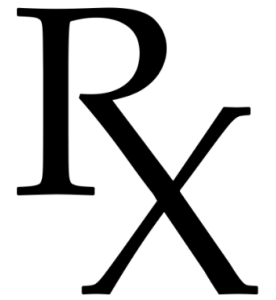
Data Rx for Healthcare: Security, Real-Time Analytics

Life sciences and the health care sectors have been steadily embracing big data analytics as an engine of innovation and a means of reducing costs by, among other things, intelligently allocating resources where they will do the most public good.
While there is plenty of upside to applying data analytics to life sciences and healthcare, a new study identifies several key challenges, including data governance, harnessing real-time analytics and the need for an overarching big data analytics strategy.
“As big data analytics becomes more mainstream, concerns such as guaranteeing privacy, safeguarding security, establishing standards and governance and continually improving the tools and technologies need to be resolved in a compliant and cost-effective manner,” concludes a white paper released by the data analytics consultant Knowledgent.
Few disciplines face more regulatory requirements to protect private data than the healthcare sector. A critical data governance issue facing both healthcare and life sciences is that patient data is seldom standardized and often generated by legacy IT systems with incompatible formats.
Healthcare also has its own set of analytics requirements dictated by the myriad sources of patient and clinical data. These sources range from “computerized physician order entry” and physicians’ written notes and prescriptions to electronic patient records and machine-generated data such as monitoring vital signs.
“Organizations need to develop the tools necessary to effectively and confidently manage their data assets in specific information environments,” the white paper concludes. “Data stewardship and data quality have to be considered and woven through an organization’s continuous data acquisition and data cleansing.”
The study also stresses the need for greater use of real-time analytics as a way to bridge the gap between data acquisition and processing. The study recommends that both sectors aggressively adopt analytics algorithms, models and other tools as a way to squeeze more insights out of big data.
Healthcare and life sciences “organizations need to implement delivery tools and technologies that not only seamlessly interface with big data platforms, but also drive real-time data analytics,” the report urges.
Tying these approaches together is an overall strategy that leverages big data analytics through wider availability across organizations, ease of use and scalable platforms integrating tools that can crunch data at “various levels of granularity,” the study found.
One outcome of implementing a sound big data analytics strategy is what the study calls “evidence-based medicine.” That refers to applying analytics techniques like predictive modeling and segmentation to patient profiles. That approach could help “identify individuals who would benefit from proactive care or lifestyle changes—for example, those patients at risk of developing a specific disease who would benefit from preventive care lifestyle changes,” the white paper noted.
In the life sciences, evidence-based medicine could be used to improve gene sequencing that could ultimately make “genomic analysis” a standard medical procedure that becomes part of patient’s medical record.
Recent items:
Healthcare Agencies Ill-Prepared for Big Data, Report Says
Big Data Faces Big Barriers to Adoption in Healthcare






























